Effective and Tested Strategies for Rapidly Boosting Brand Awareness
If you are an emerging business, a start-up seeking funding, or a brand aiming to make a stronger impact in your industry, this article is tailored for you. Brand awareness has become increasingly important for businesses of all sizes, from large corporations to small enterprises. In fact, according to a survey conducted by Nielsen, brand awareness ranks among the top 6 concerns for marketers.
While discussing brand awareness strategies can be an extensive topic, this blog provides valuable tips to kickstart your journey towards creating impactful brand campaigns. The topics covered include:
Click Here – Free 30-Minute Strategy Session
Be quick! FREE spots are almost gone for this Month
Free Quote
- Developing a brand awareness strategy
- Encouraging customers and employees to advocate for your brand
- Harnessing the power of social media to reach broader and more targeted audiences
- Identifying opportunities for thought leadership
And much more. Let’s begin the process of building a robust brand awareness foundation.
Establishing Consensus and Support with Brand Awareness Ideas
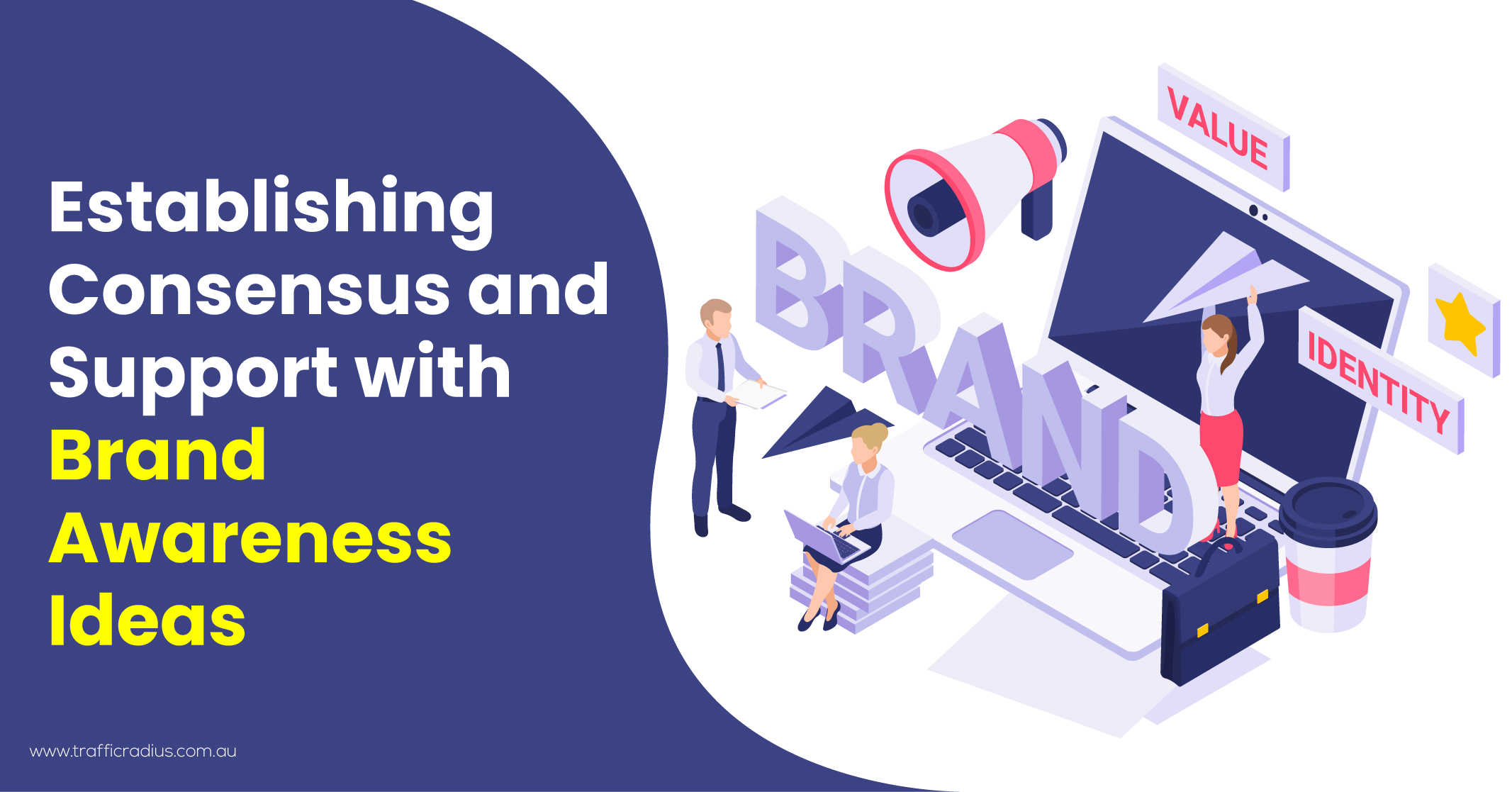
How To Increase Brand Awareness?
Creating brand awareness requires a well-thought-out strategy, which is often underestimated by even experienced marketers. It is crucial to consolidate your strategy into a shared asset management tool or a Google Doc, allowing all stakeholders involved in brand awareness to align around common goals and understanding.
Consider organising a concise, recorded Zoom meeting that establishes expectations and fosters a positive impact. Alongside discussing your brand awareness strategy, it is advisable to document the following:
- Short-term Key Performance Indicators (KPIs)
- Long-term goals
- Budget allocation for brand awareness initiatives
- Employee availability and capacity for campaign creation
- Marketing assets such as images, social media channels, and reviews
- Existing marketing tools and software utilised in ongoing projects
- Methods to monitor the progress of brand awareness campaigns
- Once you have solidified this brand awareness framework and ensured that all relevant stakeholders have access to it, you can proceed with implementation. An effective starting point is leveraging customer testimonials, which can yield quick and significant results.
By diligently following a well-defined brand awareness strategy and garnering support from all stakeholders, you set the stage for successful brand campaigns and heightened market visibility.
How To Measure Brand Awareness?
To effectively assess the impact and effectiveness of your brand-building efforts, it’s crucial to measure brand awareness. Below are various approaches and metrics you can utilise for this purpose:
- Utilise surveys and questionnaires to gauge brand recognition and recall. Inquire about respondents’ familiarity with your brand, their ability to recall your brand’s name or logo, and their association with your brand concerning competitors.
- Implement regular brand tracking studies to monitor changes in brand awareness over time. Track metrics such as aided and unaided brand recall, brand perception, brand attributes and brand sentiment.
- Analyse engagement metrics on social media platforms, including the number of followers, likes, comments, shares and mentions. These metrics provide insights into audience engagement and interaction with your brand.
- Monitor website traffic and user behaviour using tools like Google Analytics. Examine metrics such as the number of unique visitors, page views, time spent on the site and bounce rate. An upsurge in website traffic can indicate growing brand awareness.
- Evaluate search engine visibility through metrics like organic search rankings and search volume for branded keywords. Higher rankings and increased search volume reflect improved brand recognition.
- Monitor online conversations and mentions of your brand across social media platforms, forums, blogs and review sites. Social listening tools assist in tracking brand mentions and sentiment, offering insights into brand awareness and perception.
- Conduct comprehensive brand equity studies to assess the overall strength and value of your brand. These studies measure factors like brand loyalty, brand associations, perceived quality and brand preference.
- Carry out market research studies to gather insights on consumer perceptions, preferences, and brand awareness in comparison to competitors. Such studies may involve focus groups, interviews or online panels.
Brand Awareness Tips:
By employing a combination of these measurement methods, you can gain a comprehensive understanding of your brand awareness levels, identify areas for improvement, and track the impact of your brand-building initiatives over time.
Encourage and Motivate Customers to Share Reviews
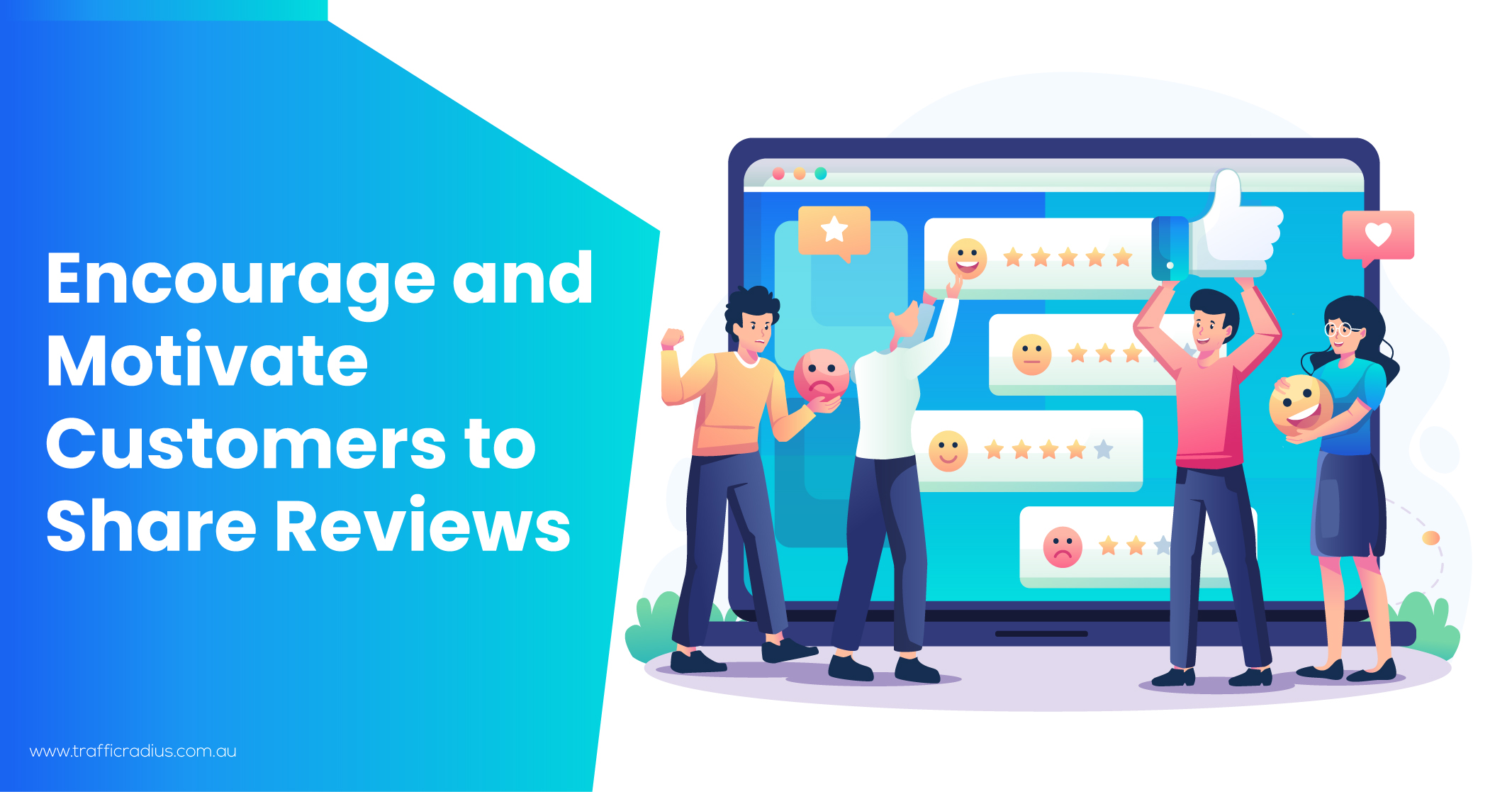
In the era of social media and third-party review sites, customer feedback can be viewed in two ways: as a hassle or as an untapped and limitless marketing opportunity. And let’s be honest, who doesn’t appreciate something for free?
- One common mistake made by brands is pouring significant amounts of money into flashy ad campaigns while completely overlooking the importance of customer reviews and feedback. This is akin to throwing money away, considering that nearly 90% of consumers consult reviews before making a purchase decision.
- Maintaining platforms like Yelp and Google Reviews can be challenging but the value they provide to your customers and your business is invaluable. Developing a personal relationship with your customers through these platforms often leads to organic and compelling brand awareness.
While it’s impossible to guarantee that all your customers will leave glowing reviews, you can certainly leverage positive feedback to fuel your brand awareness campaigns. Satisfied customers are more inclined to share their positive experiences with friends and family.
Leveraging these testimonials is relatively simple. You can:
- Share them across your social media channels
- Incorporate them into your email marketing campaigns and newsletters
- Create a dedicated customer testimonial page on your website
- Integrate them into stakeholder presentations and reports
- Utilise them as pull quotes in paid advertising campaigns
However, incentivising customers to provide detailed testimonials can be more challenging. One effective approach is to establish a customer loyalty program. Fortunately, numerous loyalty program tools have emerged in recent years to assist brands in managing these programs efficiently. These tools reduce the manual effort required to track down customers, allowing you to thank and reward them for their loyalty.
For example, customer loyalty management platforms like Kangaroo not only help you incentivise and encourage loyal customers to share their honest opinions about your business but also assist in managing reviews and testimonials. If Kangaroo doesn’t fit your budget, there are alternative tools available to explore.
Branding Tip: Make a genuine effort to address negative reviews and turn them into positive interactions. Negative feedback can be challenging to handle, especially if it involves issues beyond your control. Remember, you won’t be able to avoid negative feedback entirely. Just like the Grand Canyon can receive one-star reviews and still be breathtaking, your brand may encounter similar situations.
Encourage and Motivate Employees to Provide Genuine Feedback
The impact that employees have on brand awareness should not be underestimated. According to a survey conducted by Haiilo, 71% of executives consider employee engagement essential for the success of their brand.
- Consumers are drawn to brands that treat their employees well, while they tend to avoid those that mistreat their staff. Even major retailers like Shein and Amazon have faced public scrutiny over reported employee mistreatment.
- Investing in your team’s well-being and satisfaction is crucial. If your employees genuinely love your business, encourage them to share their experiences on social media and employee review sites like Glassdoor.
- For instance, Adobe consistently ranks as one of the top companies to work for in the U.S., reflected in positive employee reviews on Glassdoor. These reviews contribute to raising brand awareness as employees enthusiastically promote the brand.
- In some cases, brands develop employee brand ambassador programs to incentivise their staff to share their brand pride on social media and other platforms. Bamboo, an HR and employee management platform, provides a helpful list of ten ways to identify and motivate brand ambassadors within your organisation.
Pro Tip: Embrace Glassdoor reviews.
- Don’t shy away from reading new Glassdoor reviews.
- Sourcing employee brand awareness materials, reviews and testimonials means accepting both positive and negative feedback.
- It’s important not to coerce employees into providing glowing reviews unless they genuinely believe your business has earned them.
- It’s impossible to please every customer and employee. The goal is to ensure that most of your reviews end with a positive interaction from your brand.
- Like customer reviews, it’s crucial not to ignore negative (or even average) employee reviews without a response. Take, for example, a three-star review of a well-known zoo. While it may not significantly harm the brand’s reputation, it also fails to contribute to positive brand awareness.
To address this, the business could respond to the employee review with a message such as:
“Hey, Youth Program Coordinator,
Thank you for taking the time to provide us with your honest feedback. We’re delighted to hear that your job keeps you engaged. However, we want to ensure that communication between departments is at its best. If you have any suggestions, please feel free to reach out to HR—we would love to hear them.
In the meantime, we will continue surveying the staff to ensure we meet everyone’s needs. We appreciate your input!”
While this response doesn’t make any promises, it demonstrates that someone is actively reading and responding to testimonials. This contributes to building positive brand awareness.
Managing your public image alone can be challenging. If you find it difficult, consider exploring PR services to assist in enhancing your brand’s reputation.
Learn More: The Power of Digital Marketing in PR Campaigns
Explore Experiential Marketing
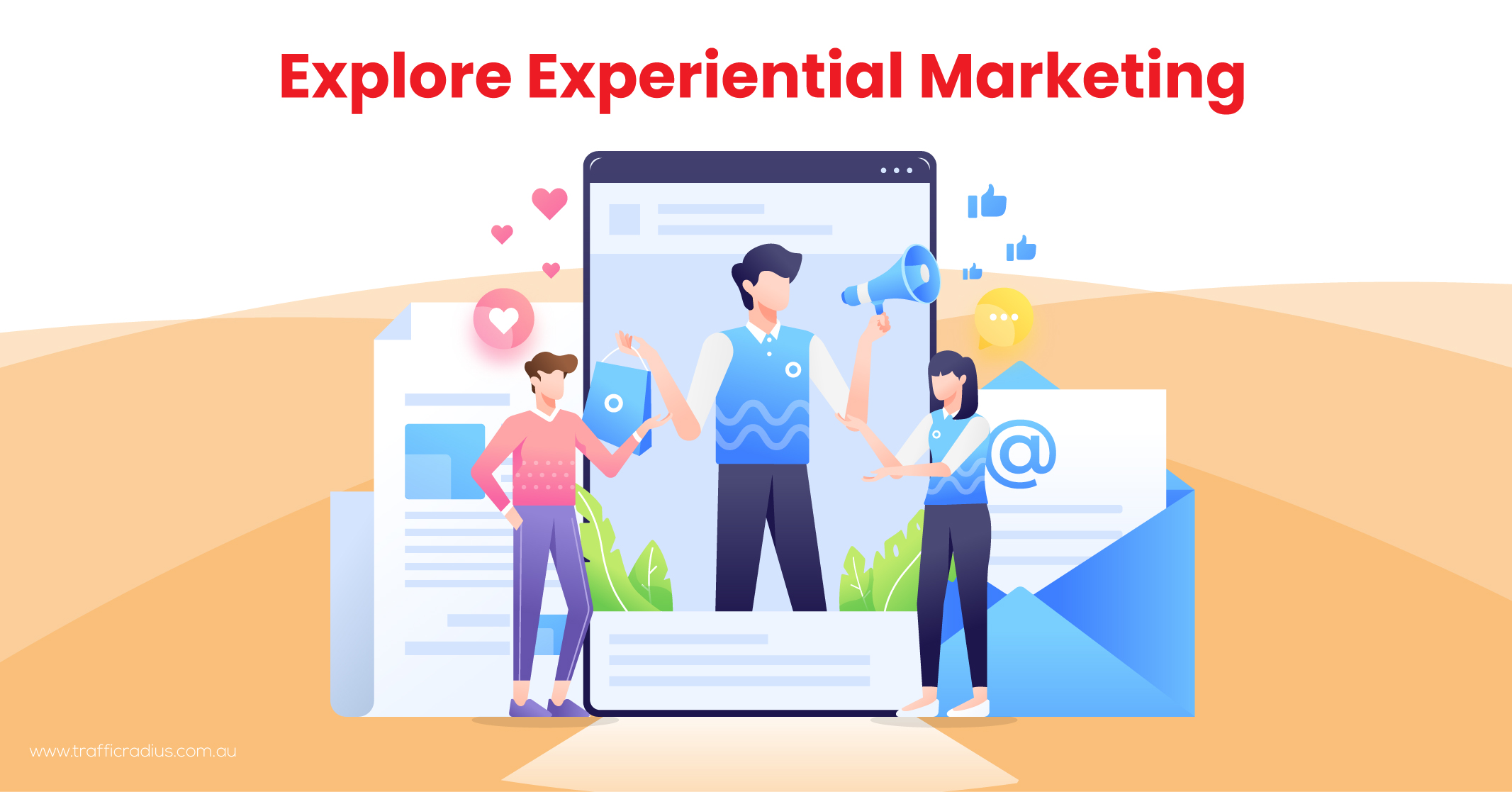
Experiential marketing is a powerful marketing channel that allows you to engage directly with your customers in real-life settings. It involves participating in events such as trade shows, craft shows, state fairs, and company-sponsored events where people can interact with your brand firsthand.
- For instance, airline carriers often create captivating demonstrations at industry events, enabling attendees to experience their products and services memorably. These experiential marketing efforts generate significant interest and engagement from event participants.
- If you don’t have the resources for elaborate experiential marketing demos, there are still effective and cost-efficient ways to enhance your brand’s visibility positively.
- Sponsorships offer a great opportunity to associate your brand with well-regarded events or causes. You can select your desired level of financial sponsorship and choose compatible brands to partner with. One of the prime brand awareness campaign examples is the Boston Marathon, where sponsors have their names featured on the running kits or participant badges of top runners, showcasing their brand in a highly visible and positive light.
Alternatively, if experiential booths or sponsorships are not feasible for your brand awareness campaigns, you can consider other approaches, such as:
- Distributing samples of your products in-store
- Organising meet-and-greets with loyal customers
- Offering factory or behind-the-scenes tours
- Participating in charitable causes like beach cleanups or fundraisers for children’s hospitals
The key takeaway is that experiential marketing offers a fun and innovative way to connect with your target audience. By meeting customers where they are and delivering memorable experiences, you can make a lasting impression and elevate your brand awareness.
Learn More: What is the Role of Digital Marketing?
Whether you’re a seasoned social media marketer or new to promoting your brand on social platforms, it’s essential to expand your reach by exploring the latest and most innovative platforms that resonate with your target audience.
However, this doesn’t mean you should neglect established platforms like Instagram, LinkedIn, Facebook, and Twitter. It’s still crucial to maintain a consistent presence on these platforms and share your brand’s success stories with your existing followers.
There are exciting emerging trends in social media marketing that offer compelling opportunities. One such platform that has gained significant popularity is TikTok.
Harness the Power of TikTok for Brand Awareness
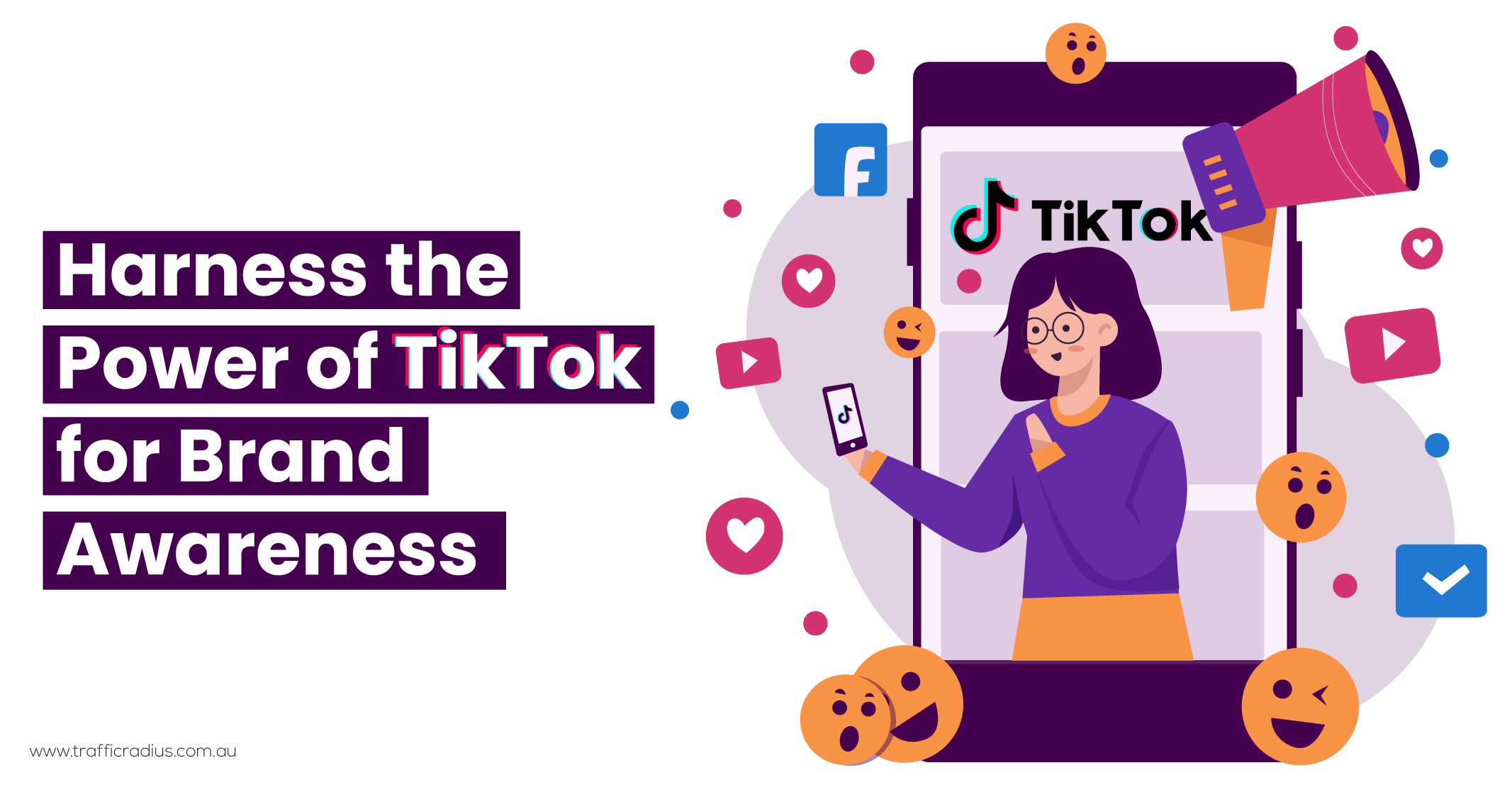
Depending on your industry, the idea of utilising TikTok for marketing may seem unconventional. However, an increasing number of brands are recognising the potential of this rapidly growing social media platform. With over 30 million active users, TikTok offers a vast audience eager to discover new brands and engage with their content.
- One of the key strengths of TikTok lies in its hashtag capabilities, enabling you to organise your content under relevant keywords and effectively target your desired audience. This allows for direct marketing from your profile and collaboration with influencers to promote your brand through influencer marketing campaigns.
- Well-established brands, such as Duolingo, have successfully embraced TikTok as a powerful marketing tool. Duolingo’s beloved mascot, the owl, has become an iconic presence on the platform, with the brand consistently delivering funny, relevant and fresh content.
- The viral nature of TikTok enables Duolingo’s videos to reach hundreds of thousands, and sometimes millions, of views, generating organic spread across the platform and garnering attention from news outlets and other social media platforms. This level of exposure contributes to significant brand awareness.
- If you have a team member who is up to date with current trends, skilled in creating engaging videos, and dedicated to consistent posting, it’s highly recommended to explore TikTok’s keyword and hashtag features and establish your brand’s presence on the platform.
Remember, the key to success on TikTok lies in posting consistently. While some marketers believe frequent posting is crucial, what followers truly value is consistency. Abruptly reducing your posting frequency can confuse or frustrate your audience.
Discover and Capitalise on Guest Blogging Opportunities
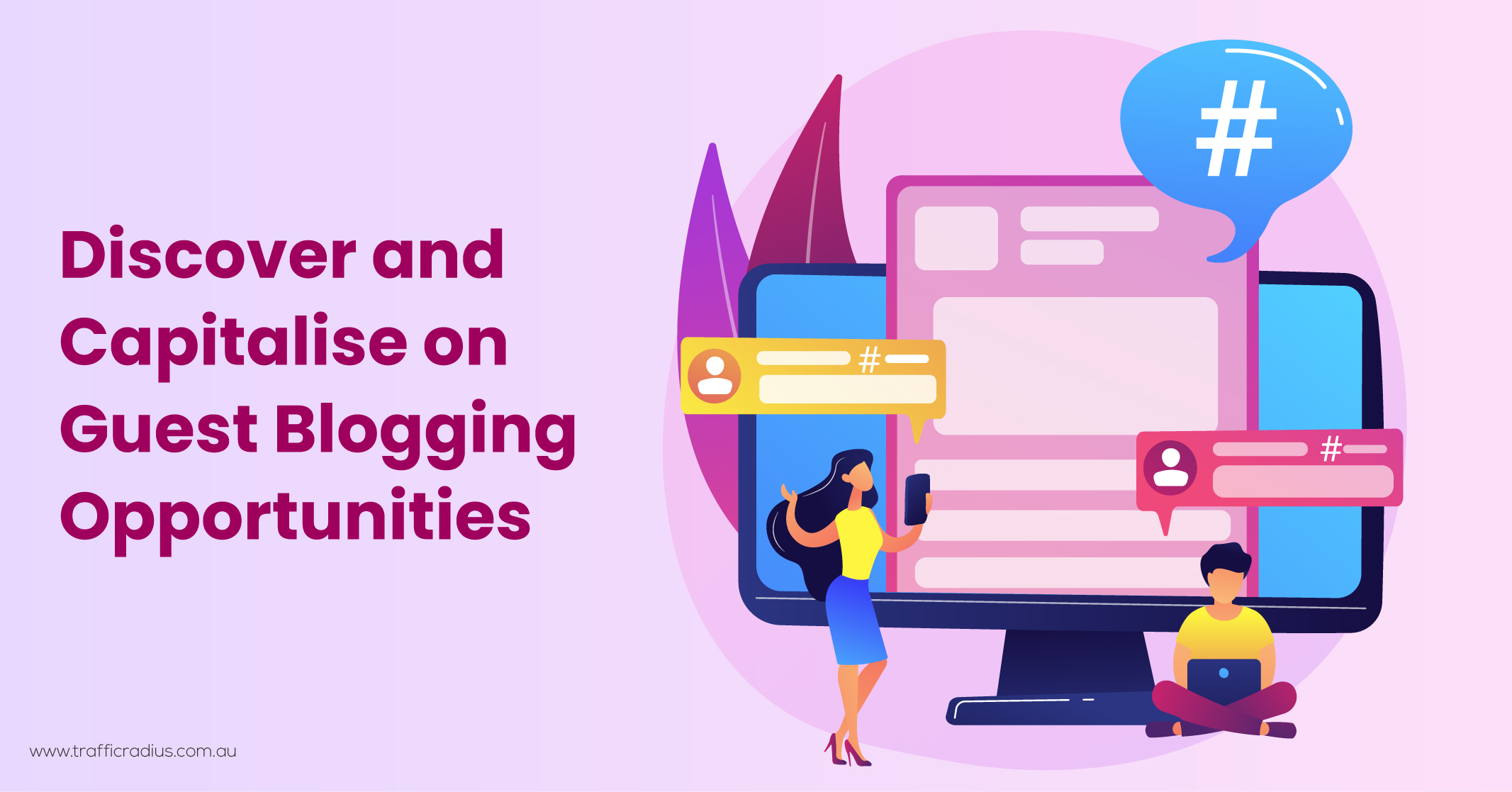
Whether you’re an industry expert or have unique insights to share, guest blogging can be a powerful avenue to explore. Guest blogs are written by marketers or professionals and published on other brands’ websites, typically including a link back to your website within the content.
- These guest blog posts not only demonstrate to Google’s algorithm that your brand carries authority, but they also establish trust among potential customers, showcasing that your product or service is recognised and endorsed by industry experts and reputable publications.
- To maximise the impact of guest blogging, ensure that you include these posts in your email newsletters to customers. This drives additional traffic to both your content and the publisher’s website, expanding your reach and visibility.
- A valuable tip to keep in mind is to conduct thorough research before pursuing guest blogging opportunities. Not all guest blogging opportunities are equal, and while there are websites that facilitate a reciprocal guest blog exchange, it’s essential to aim for the best opportunities available.
- Invest time in researching authoritative publishers and websites in your industry. Familiarise yourself with their tone of voice, the types of guest articles they publish and the individuals or competitors they tend to feature. Additionally, follow experts from these publishers on social media platforms like Twitter to gain insights into the issues and topics that matter to decision-makers within those organisations.
By strategically selecting and engaging with high-quality guest blogging opportunities, you can enhance your brand’s visibility, establish credibility and tap into new audiences.
Harness the Power of User-Generated Content
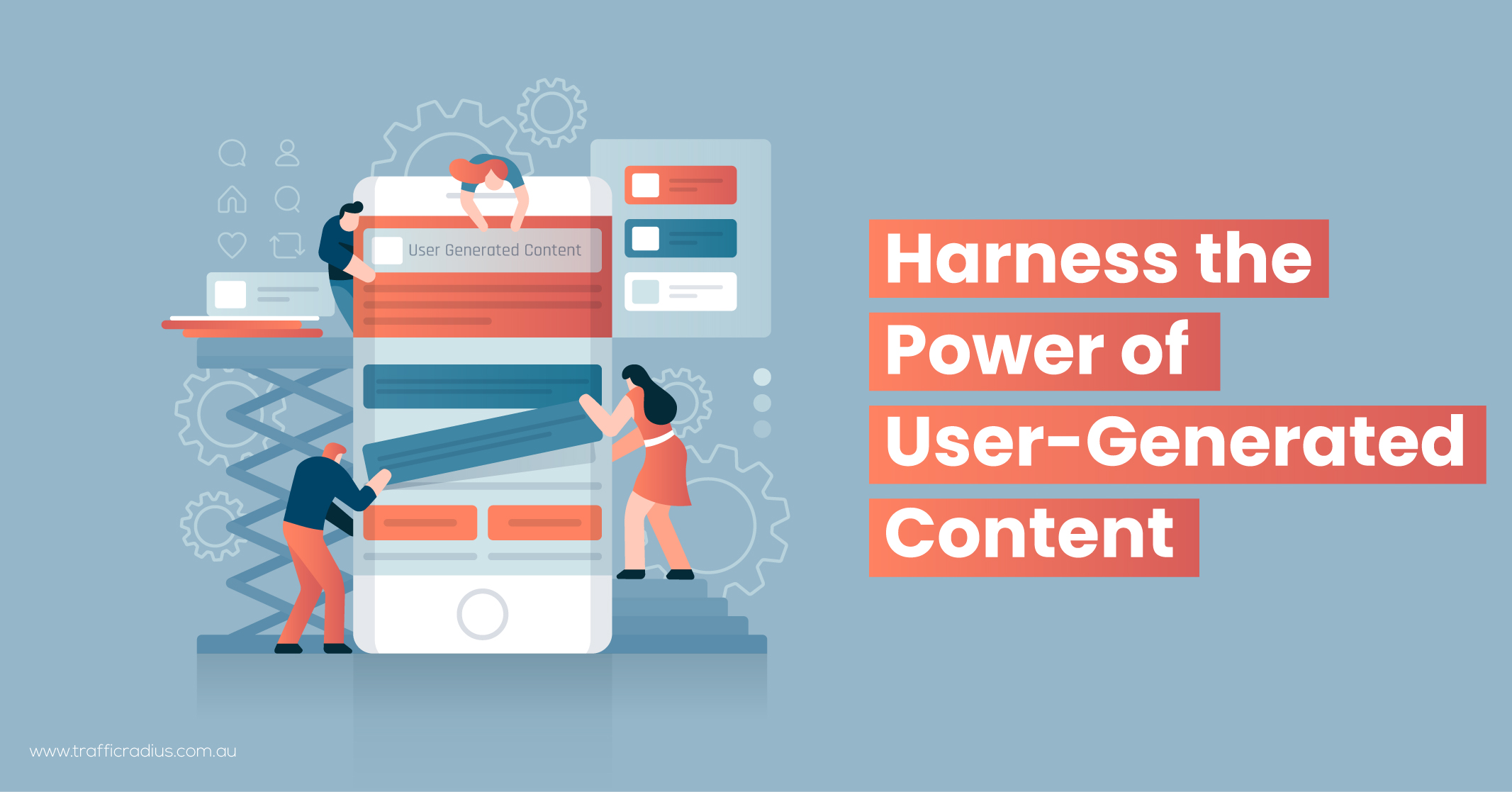
User-generated content (UGC) offers a unique marketing approach that differs from traditional influencer marketing. Instead of actively seeking out influencers and allocating a budget, UGC involves discovering and showcasing content that already exists and celebrates your brand.
- As a marketer, your role is to identify opportunities where loyal customers have created content related to your brand and amplify its visibility. We will discuss tools to assist you in finding these opportunities shortly. For now, a quick and easy way to explore user-generated content is by visiting your social media channels, such as Instagram, and reviewing how customers are tagging your brand.
- For instance, let’s consider the ice cream brand Ben & Jerry’s. By clicking on their tagged posts, you can access a wealth of UGC. While not every post may be share-worthy, seeing Jasper the friendly Bernedoodle indulging in a pint of Ben & Jerry’s generates positive engagement and resonates with other customers. By being tagged in these posts, Ben & Jerry’s can share in the credit for creating these delightful dessert moments.
- Ben & Jerry’s social media team excels at amplifying these fantastic pieces of content. They are organic, positive, and often incredibly adorable. It’s important to note that social media posts do not directly influence website ranking through search engine optimisation (SEO). However, sharing this type of content demonstrates trust and authority, indirectly benefiting your brand.
Although these efforts may not propel your website to the top of Google’s search results, they are still highly valuable. People want to envision themselves using your product or service, and resharing UGC provides them with that opportunity to relate to existing customers.
If you want to focus on user-generated content that contributes to improved website rankings, consider incorporating dynamic, customer-created content into your web pages.
For example, if you are a skincare brand, explore unsponsored skincare routine videos on YouTube where your product is being reviewed. If you find a suitable UGC, you can embed these videos into your website, signalling to Google that you prioritise providing a comprehensive website experience.
What To Do?
- Another effective approach is to dedicate a separate web page on your site to customer success stories. Collect rave reviews and testimonials from customers, creating a persuasive corner that showcases the positive experiences others have had with your brand.
- Monday.com, a work management platform, has implemented this strategy by featuring an impressive array of logos and testimonials from their customers on a dedicated customer success page. While some videos were created by the Monday.com staff, other elements are entirely user driven.
By combining these elements, Monday.com presents a visually appealing case that instils trust in its brand for workplace needs. Embracing user-generated content can strengthen your brand’s credibility, engage your audience and enhance the overall customer experience.
Boost Your Share of Search with an Enhanced SEO Approach

Once you have defined your brand awareness marketing strategy, brand awareness objectives, analysed your data and determined the need to enhance campaign performance, it’s time to explore strategies that allow you to outshine your competition in the digital landscape. This often involves leveraging SEO in innovative ways.
What To Do?
- One such approach is known as “Surround Sound SEO.” With Surround Sound, you identify opportunities to capitalise on websites that already rank for your targeted keywords. By securing mentions from several of these authoritative sources, your brand gains exposure to a significantly larger audience, even if you already hold the top position in search results.
- Fortunately, you don’t have to tackle this alone. Various tools are available to assist busy marketers in monitoring essential developments related to their share of search engine results pages (SERPs) and overall brand awareness.
Branding Tip: Expand your reach with Surround Sound.
Your brand is not the only tool in your brand awareness arsenal. Potential customers turn to Google for solutions, perusing review sites, blog posts featuring “the 10 best,” affiliate sites, and news platforms. To position your brand as the ultimate answer, you need to be present across all these channels.
Surround Sound provides insights into where your brand is mentioned online and, equally importantly, where it is not. Armed with actionable data, you can refine the customer journey, fine-tune your brand message and increase organic traffic. Ultimately, this translates to greater profitability for your business.
Additional Tip: Embrace Captivating Advertising Strategies
Before we conclude, here’s one more valuable tip for you: don’t overlook the potential of paid marketing, especially if it has yielded positive results for your business. While enhancing brand awareness through organic search and search engine results is a cost-effective approach to attracting new customers, it’s essential to recognise that it’s not the sole method available.
- Paid advertising and organic search marketing complement each other quite well, particularly when you’re willing to invest in high-quality ad campaigns. If you’re seeking inspiration for your advertisements, look around you – it’s everywhere. One of the noteworthy brand awareness examples
- is the highly anticipated TV commercial extravaganza during the Super Bowl. While your business may not have a Super Bowl-sized ad budget just yet, you can still observe the creativity and substantial investments made by major brands.
- These brands often bet on winning advertisements when they allocate significant funds. Take, for instance, E*Trade’s unforgettable Super Bowl ad featuring adult babies. The ad employed impressive CGI, delivered a humorous script and utilised adorable and memorable mascots to effectively convey its message. This exemplifies the pinnacle of brand recognition.
- Furthermore, this type of ad resonates particularly well with a young target audience, which is most likely to engage with a platform like E*Trade. By investing in eye-catching and compelling advertising, you can significantly enhance your brand awareness and capture the attention of your desired audience.
Track and Share Brand Awareness Insights
In addition to collecting customer and employee testimonials, there are other valuable brand awareness data points that you should monitor. For example, tracking the reach of your ad campaigns and the readership of your email newsletters are both important brand awareness metrics.
What To Do?
- Determining the key performance indicators (KPIs) and defining success can be challenging. Some common KPIs for brand awareness campaigns include website traffic, search rankings, social media engagement, newsletter subscriptions and share of search or share of search engine results pages (SERPs).
- If you’ve already outlined your marketing strategy, you might have identified these KPIs. However, the suggestions above can help further enhance your data toolkit. The next step is to establish a system for tracking and logging your data.
- There are numerous tools and platforms available for tracking marketing data. It’s crucial to choose a collaborative tool that provides access to all relevant stakeholders in your business. Additionally, consider finding a platform that offers a range of marketing capabilities to maximise your investment.
Pro Tip: Embrace the opportunity to showcase your success.
- When you achieve positive outcomes based on your KPIs and brand awareness data, don’t hesitate to share your achievements. It’s perfectly acceptable to showcase your brand on social media and other publishers’ websites. Some marketers may feel apprehensive about doing so, fearing it may come across as cheesy.
- However, people appreciate researching companies before making purchasing decisions. If they come across customer testimonials or statistics highlighting customer satisfaction, they are more likely to trust your brand. Sharing your success stories can build credibility and further enhance brand awareness.
Inject Fun into Building Brand Awareness
Ultimately, building brand awareness should be a labour of love. When you have a genuine passion for your brand and a desire for others to feel the same way, it will naturally shine through in your messaging.
The key is to strategically determine how you want to approach amplifying your business. This should be an exhilarating journey that unites colleagues, customers, stakeholders, marketers and PR professionals in creating a memorable and positive perception of your brand.

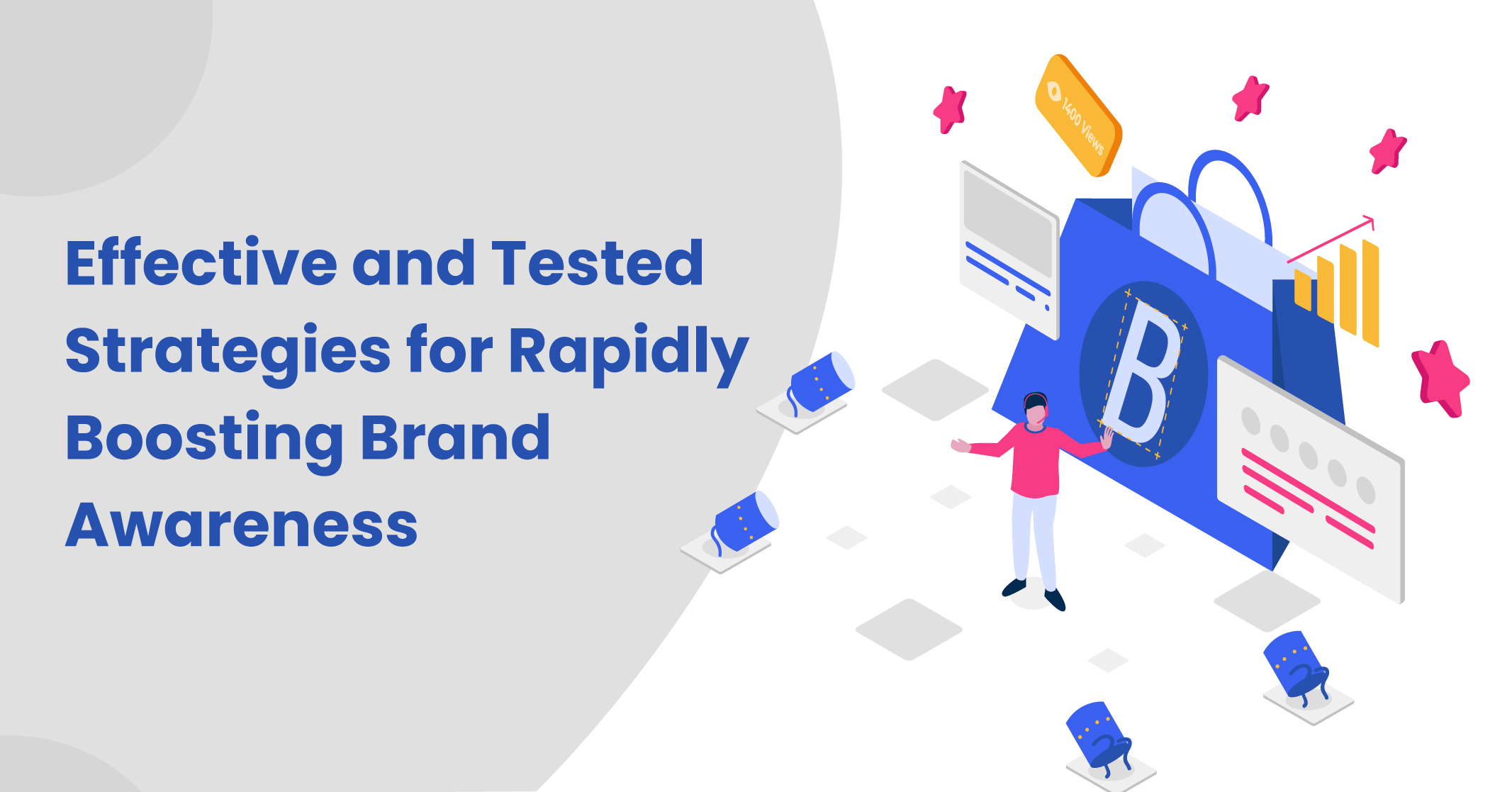









LEAVE A REPLY